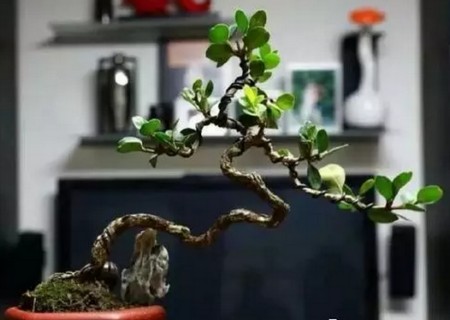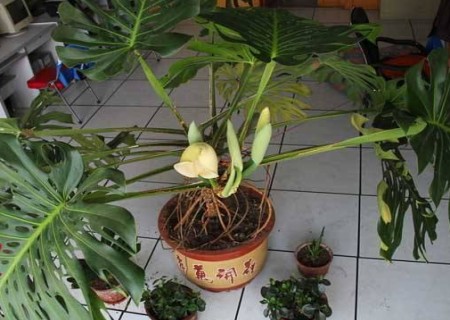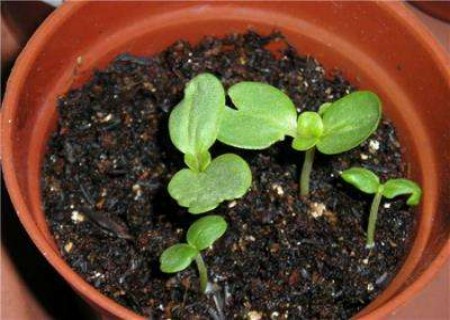How to deal with the rotten roots of bonsai
After the baptism of nature, the carving of years and the creativity of bonsai masters, potted plants can become a perfect bonsai masterpiece. Bonsai is often full of elegance and beauty in front of the world, and perfection is a kind of beauty, and defects are sometimes also a kind of beauty, but there is a defect that can not be called beauty, that is, if you find that your bonsai plants have rotten roots. A good bonsai makes us feel pleasing to the eye, but when something goes wrong, it makes us very unhappy.

If the pots have poor permeability and excessive watering, the roots of bonsai plants will lack oxygen, resulting in yellow leaves and leaf loss, which is only what we can see through our eyes. Of course, what is more serious may be something that our eyes cannot see directly, such as the phenomenon of rotten roots in plants.
So, how to determine that bonsai plants have rotten roots?
1. Contrast color
We can compare the same kinds of bonsai plants together. If your bonsai plants look lacklustre, their leaves are drooping, or the phenomenon of yellow leaves and falling leaves is more serious, it means that the plants in the pot are likely to have rotten roots.
2. Observe the leaf tip
We can observe whether the leaf tip is yellowing or color spots, usually if there is too much water in the basin will hinder root respiration, if rotten roots, will inhibit nutrients can not be transported to the leaf tip, resulting in leaf tip yellowing or pathological changes.
3. Tactile judgment
For the normal growth of bonsai plants, their leaves are generally relatively cool, through finger contact, will feel cool, which means that the plant growth is good; if you do not have that kind of cool feeling, but feel a little warm or the leaves are too dry, blunt hands, indicating that the plant has rotting roots. This is similar to judging a cold and fever by touching the forehead by hand.
What should I do when bonsai plants have rotten roots?
When it is found that the bonsai plant has rotten roots, we should first remove the plant from the pot, clean up the soil attached to the plant roots, wash the roots, and then cut off the rotten roots. After that, the roots of the plants were soaked in potassium permanganate solution for disinfection. After sterilization, put the plants aside to dry. At the same time, when the new soil is poured into the basin, the highly permeable stone materials such as perlite and vermiculite can be put into the bottom of the basin to transfer the plant to the soilless cultivation mode. Finally, the foliar spraying of bonsai plants was carried out with soilless culture nutrient solution.
After completing the above procedures, the bonsai plants can be placed in a suitable environment for maintenance and management, and after about a period of time, it can be found that the new roots of bonsai plants have grown out. When the new roots grow to be suitable for soil cultivation, the plants will be taken out in time for transplanting.
As for how to transplant, it has been introduced in many of our previous articles, and I will not elaborate on it here.
Time: 2019-05-31 Click:
- Prev

What if the tortoise has rotten bamboo roots?
The tortoise back bamboo is originally produced in the tropical rain forest, and naturally likes the warm and humid growth environment, but if you plant the tortoise back bamboo in the pot, you must not cause stagnant water in the basin, otherwise, like most other plants, the root rot will occur, thus inhibiting the growth of the plant. as a result, the leaves are withered, yellow and sagging, and the original bright green luster on the leaves will disappear.
- Next

Culture methods and matters needing attention of potted zinnia (zinnia)
Hundred-day chrysanthemum (zinnia) is a famous ornamental plant, which is sought after by the majority of potted friends because of its independent flowering and colorful flowers. Although it is beautiful as a potted flower, how about maintenance and management? How to manage in order to maintain it well?
Related
- Fuxing push coffee new agricultural production and marketing class: lack of small-scale processing plants
- Jujube rice field leisure farm deep ploughing Yilan for five years to create a space for organic food and play
- Nongyu Farm-A trial of organic papaya for brave women with advanced technology
- Four points for attention in the prevention and control of diseases and insect pests of edible fungi
- How to add nutrient solution to Edible Fungi
- Is there any good way to control edible fungus mites?
- Open Inoculation Technology of Edible Fungi
- Is there any clever way to use fertilizer for edible fungus in winter?
- What agents are used to kill the pathogens of edible fungi in the mushroom shed?
- Rapid drying of Edible Fungi

